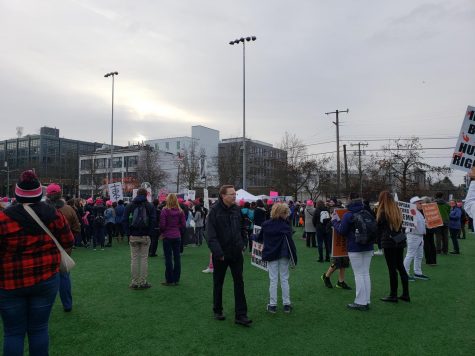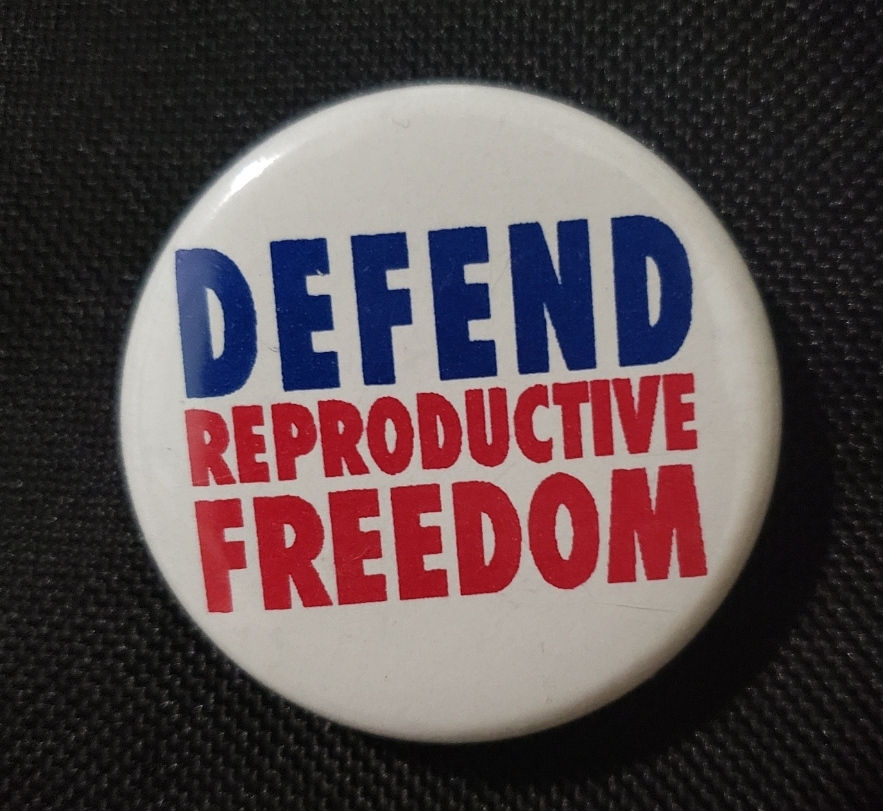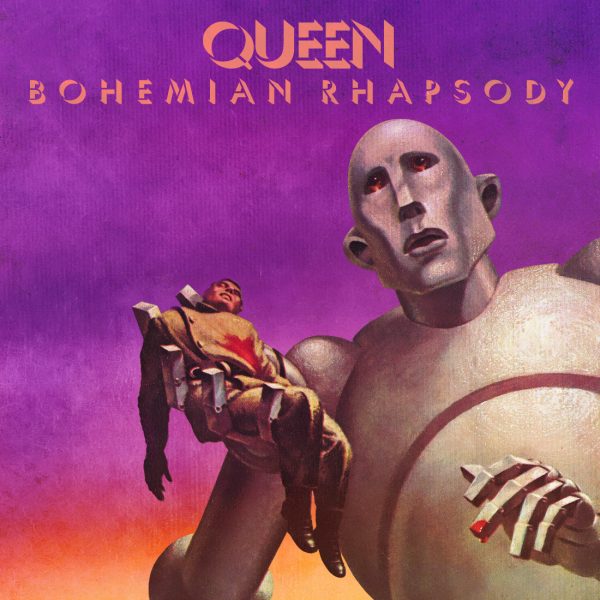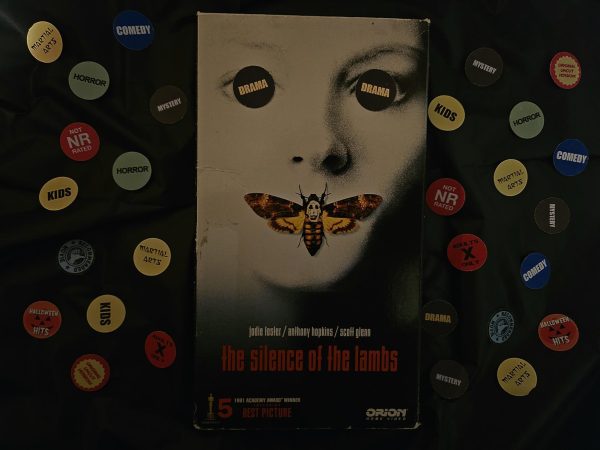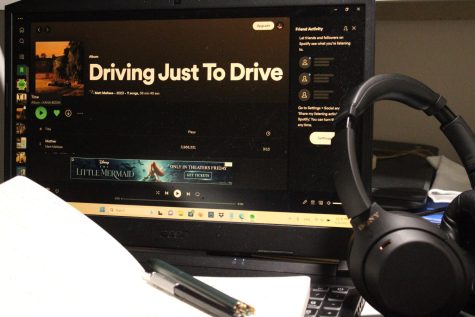Why SNL’s “Clown Abortion” Skit Is So Important
A “defend reproductive freedom” pin encapsulates the emotion and fire behind Strong’s perspectives.
Actress and comedian Cecily Strong, dressed in a full clown outfit complete with pigtails and a red nose, slid onto the Saturday Night Live “Weekend Update” stage on the November 6th show. Her sketch discussed her own abortion at the age of 23 and fired back at the current political attacks on reproductive rights, dealing with abortion in a manner that simultaneously educated viewers and empowered those who share abortion experiences.
Strong’s commanding presence as well as the near-absurdity of the skit contributed to the mesmerizing performance whose message is impossible to ignore and frustrations regarding society’s inability to take women and their voices seriously immediately arose.
Throughout “Goober the Clown on Abortion,” Strong was forced to toe the line of making a fool of herself to even be heard, let alone listened to, as a woman and someone who has terminated a pregnancy. Strong directly explained the usage of comedy was “to make [abortion discussions] more palatable,” though some interpretations of Strong’s sketch identified the utilization of humor as ironic to point out the absurdity of the invasive abortion restrictions.
Whether the objective was to make discussions such as these easier to hold or to amplify the effects of abortion stigmatization, Strong’s angry yet masterful take on abortion restrictions and her own experience was entirely refreshing. Her unapologetic attitude for her own abortion, pro-choice views and fury was necessary for the nation to see in an effort to understand how anti-choice legislation impacts mental and physical wellbeings.
However, regardless of the interpretations or which one accurately reflects the intention of the skit, the fact that humor has to be employed at all in conversations surrounding abortion uncovers unspoken societal requirements of women, and further forces intentionally neglected issues to be addressed.
Though Strong’s skit provided immense inspiration, caused necessary conversation and created an opportunity to laugh alongside an otherwise serious topic, the only reasons she was forced to utilize humor were due to abortion stigmatization and cisgender men’s contempt for women’s autonomy.
These acknowledgments of the harmful invasions on bodily autonomy and the atmosphere of conversations surrounding them cause critical questions to arise:
Why must Cecily Strong – and others who have had abortions – make the discussion of abortion “more palatable” for cisgender men’s egos and oppressive stances?
Why do cisgender men have to be made comfortable in situations that fail to affect them?
Why do we continue to cushion their fragile egos so they do not shatter when they are told that their opinions do not matter in conversations of abortion?
For so long, men have been conditioned to believe that they own a space in every debate, possess a chair at every table, that their opinion carries weight in every argument, that their close-minded beliefs matter more than women’s lived experiences.
For so long, men have been given the authority and have given themselves the right to dictate what women and gender minorities can and cannot do with their bodies.
For so long, women and gender minorities have been harmed at the hands of their oppressors.
And now, when women have built their own power to stand up against oppression, they must sugarcoat their experiences and employ humor to be heard?
The misogyny, the hatred and the violence is so undeniably clear. Women do not owe anyone, especially their oppressors, a glossed-over version of their lived experiences and a more “socially acceptable” story to be shared – or a story and explanation at all.
However, men’s self-idolization and importance are not the only issues “Goober the Clown on Abortion” has brought to the surface.
Despite abortion being vastly common – in fact, around one in four women will have an abortion before the age of 45 – it is still presented as an intense and taboo topic that people must be made “comfortable” in. This brings forth further demanding questions that for so long have gone intentionally unanswered:
Why is there discomfort surrounding abortion in the first place?
Why is abortion stigmatized to the point of silence?
The harm that the silence and the “hush-hush” matter of abortion inflicts on those who have had abortions poses a threat to mental health and the progression of abortion access rights as a whole. Abortion stigma keeps people silent about their personal experiences and further affects accessibility to abortion services; this sense of taboo and isolation presents a danger to women and gender minorities seeking affirmation and protection.
Though abortion stigma must be eliminated from societal, academic, professional, medical and familial environments in efforts to protect women and gender minorities, abortion experiences are undoubtedly personal and should only be shared under the consent and will of those who have them. Rights to not only one’s own body but one’s own experiences is vital to security and safety of well being.
Strong’s comedic mastery as well as her rage that is shared with so many around the nation is cathartic and relieving. The skit removes a layer of isolation for those who have had an abortion and live in unwilling silence, and breaks through a barrier in the path towards autonomy – this is only further solidified by Strong’s most empowering line, “we will not go back to the alley.”
The empowerment of women and gender minorities to pursue liberation is essential, but we must return to the roots of these issues – the causes of why endless fights for autonomy protection are necessary in the first place – to successfully achieve it.
The world is ready for abortion access and liberation, and far beyond ready for the empowered who will bring us there.
